Vitex negundo
Vitex negundo
1. The products in our compound library are selected from thousands of unique natural products; 2. It has the characteristics of diverse structure, diverse sources and wide coverage of activities; 3. Provide information on the activity of products from major journals, patents and research reports around the world, providing theoretical direction and research basis for further research and screening; 4. Free combination according to the type, source, target and disease of natural product; 5. The compound powder is placed in a covered tube and then discharged into a 10 x 10 cryostat; 6. Transport in ice pack or dry ice pack. Please store it at -20 °C as soon as possible after receiving the product, and use it as soon as possible after opening.
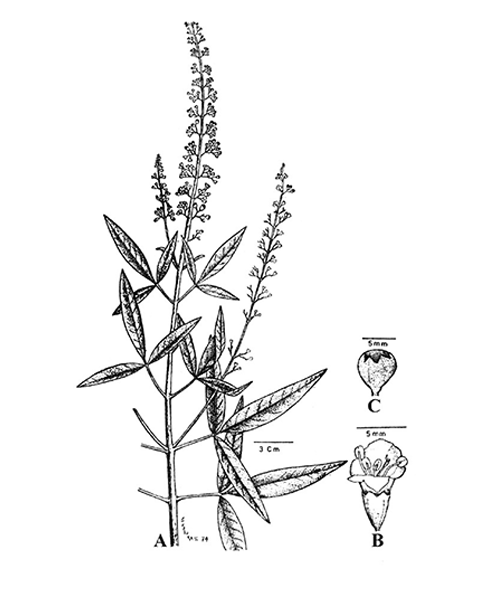
Natural products/compounds from Vitex negundo
- Cat.No. Product Name CAS Number COA
-
BCN1673
Phytol150-86-7
Instructions
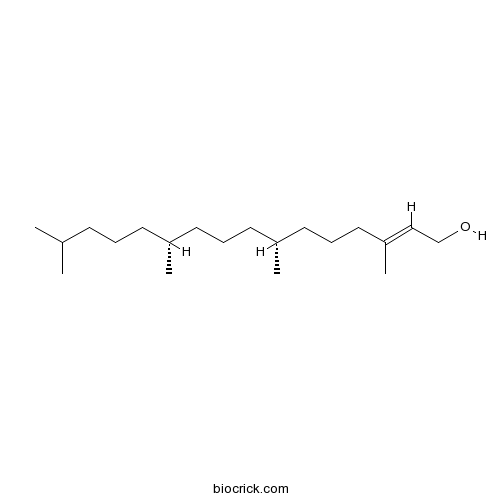
-
BCN4984
Orientin28608-75-5
Instructions

-
BCN5205
Xanthotoxin298-81-7
Instructions
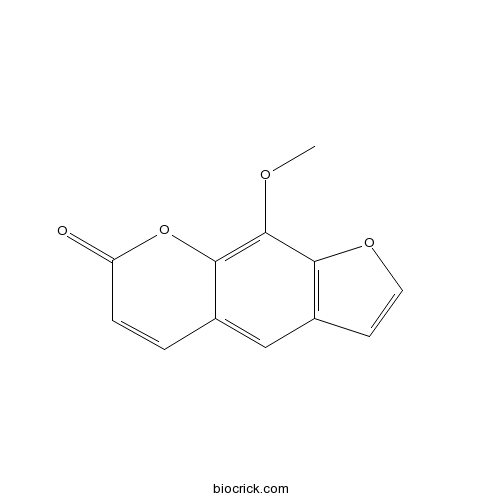
-
BCN5979
Caffeic acid331-39-5
Instructions
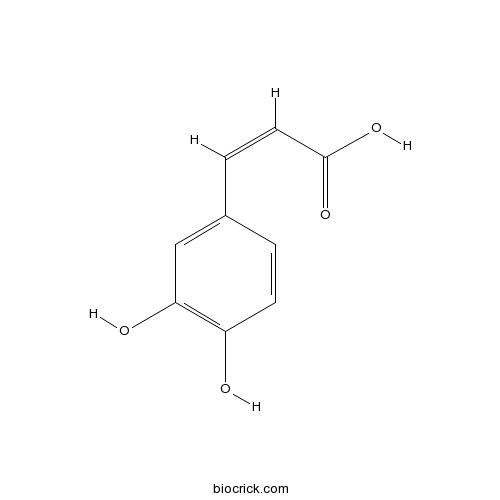
-
BCN5423
Vitexin3681-93-4
Instructions

-
BCN5441
Isovitexin38953-85-4
Instructions
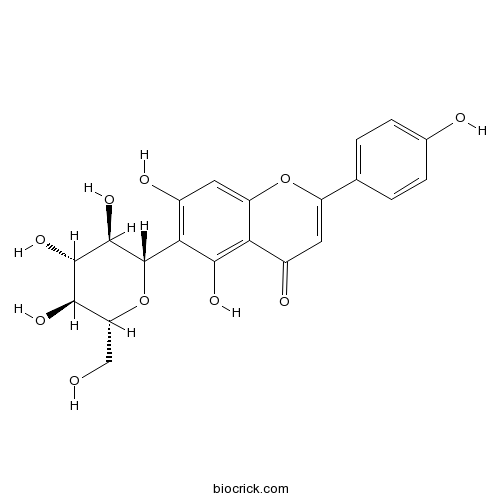
-
BCN4985
Luteolin-6-C-glucoside4261-42-1
Instructions

-
BCN5020
Vitexicarpin479-91-4
Instructions
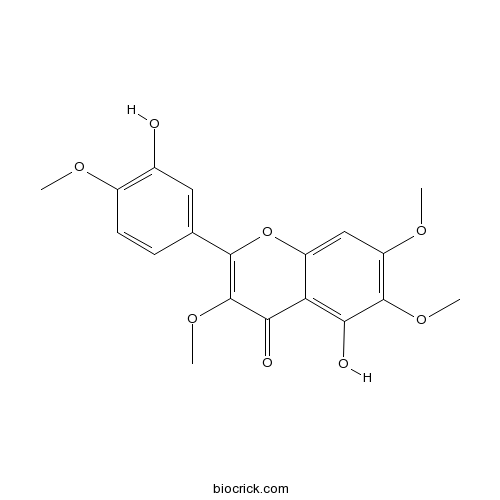
-
BCN2644
trans-Caryophyllene87-44-5
Instructions

[Response of water sources in Platycladus orientalis and Vitex negundo var heterophylla system to precipitation events in mountain area of Beijing, China].[Pubmed: 29741045]
None
Countercurrent separation assisted identification of two mammalian steroid hormones in Vitex negundo.[Pubmed: 29699871]
Countercurrent separation (CCS) has been widely used for the separation of high abundance compounds. However, the identification of low abundance compounds, such as mammalian steroid hormones, from natural sources is still a challenging task. A mixture of 14 human steroid hormone reference compounds was prepared for the development of a CCS enrichment strategy. The TLC-based GUESS (Generally Useful Estimate of Solvent Systems) method along with partitioning experiments were implemented to develop a process for the enrichment of these low abundance compounds with CCS. The application of CCS to the steroid hormone enrichment of Vitex negundo extracts was demonstrated by the identification of progesterone and estriol. This method provides a CCS-driven strategy to mine plant sources for low abundance compounds.
Neuroprotective capabilities of Vitex negundo in primary hippocampal neurons.[Pubmed: 29386163]
Vitex negundu (Vn) is a well-known aromatic shrub commonly used as a traditional folk medicine famous for its potential pharmacological and biological activities. Several chemical compounds are extracted and identified from the different parts of the Vn such as leaves, root, seeds and flowers. Number of researches reported the herb as antimicrobial, anti-androgenic, anti-osteoporotic, and anti-tumour, anti-cancer, anti-inflammatory, anti-oxidant, anti-hyperglycemic and hepatoprotective. The effects of Vn on neurite outgrowth have not been identified till now. Therefore present study was designed to investigate the neurite outgrowth effects of Vn extract in hippocampal neurons. Neurons from P0 mice were isolated and cultured in defined medium containing the different concentrations of Vn (20, 30, 40, 50, 100, 150 and 200 μg/ml) for 48 hrs. The presence of the neurites was confirmed by using βIII-tubulin antibody which specifically labels only the neurites. Morphometric analysis was done by using Optika Pro-Vision software. The data show that Vn at 30 and 40 μg/ml significantly increased the mean average length of the longest neurite whereas at 150 and 200 μg/ml it significantly decreased the mean average length of the 10 longest neurite in hippocampal neurons. Nevertheless Vn did not show any significant effects on the sum of all the neurite lengths at any concentrations tested. Taken together the result shows that methanolic extract of Vn has potential to produce long neurites at 30 and 40 μg/ml and therefore can be act as a neuroprotective agent in the future drug development.
Vitex negundo induces an anticonvulsant effect by inhibiting voltage gated sodium channels in murine Neuro 2A cell line.[Pubmed: 29386157]
Vitex negundo (Vn) extract is famous for the treatment of neurological diseases such as migraine and epilepsy. These neurological diseases have been associated with abnormally increased influx of sodium ions into the neurons. Drugs that inhibit voltage gated sodium channels can be used as potent anti-epileptics. Till now, the effects of Vn on sodium channels have not been investigated. Therefore, we have investigated the effects of methalonic fraction of Vn extract in Murine Neuro 2A cell line. Cells were cultured in a defined medium with or without the Vn extract (100 μg/ml). Sodium currents were recorded using whole-cell patch clamp method. The data show that methanolic extract of Vn inhibited sodium currents in a dose dependent manner (IC50 =161μg/ml). Vn (100 μg/ml) shifted the steady-state inactivation curve to the left or towards the hyper polarization state. However, Vn did not show any effects on outward rectifying potassium currents. Moreover, Vn (100 μg/ml) significantly reduced the sustained repetitive (48±4.8%, P<0.01) firing from neonatal hippocampal neurons at 12 DIV. Hence, our data suggested that inhibition of sodium channels by Vn may exert pharmacological effects in reducing pain and convulsions.


